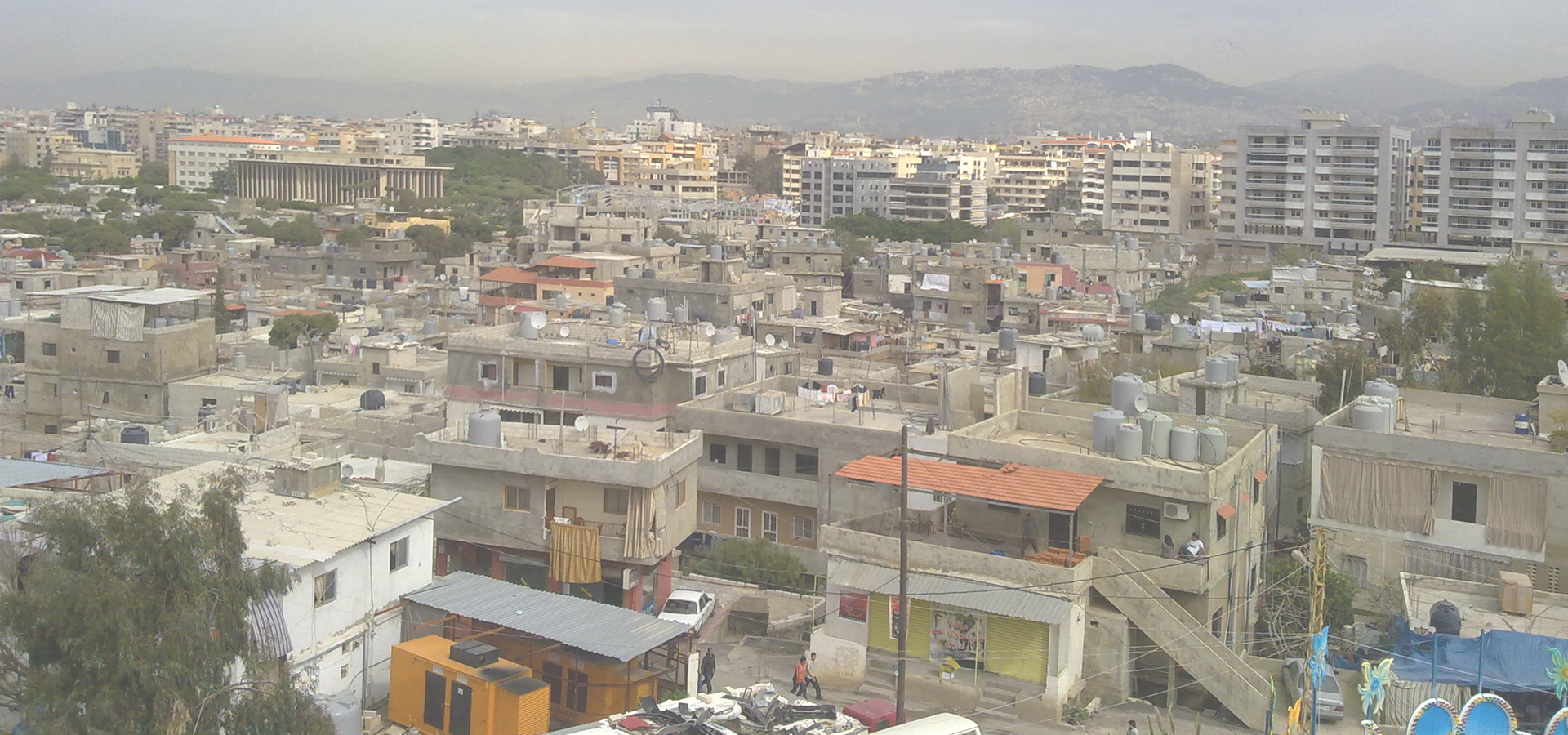Beit Mery, Mount Lebanon Governorate, Lebanon
🇱🇧 Beit Mery (بيت مري ; Beit Mer, Beir Meri) is a Lebanese town overlooking the capital Beirut. The town has been a summer mountain resort since the times of the Phoenicians and later the Romans. The name derives from Aramaic and means "The house of my Lord". On one of the three hills of Beit Mery (Southern end of town) along the Lebanon Western mountain range are the ruins of the old Phoenician and Roman temples that were erected in the same general area in what is now known as Deir El-Qala'a (دير القلعة). At present, a Christian church and monastery sit on top of parts of the old Roman temple. Les Scouts Du Liban Groupe Sainte Marie Beit Mery is one of the biggest movement in town and it is located in College des Freres since 1969. Beit Mery is home to a Lebanese Red Cross First Aid Center.
Culture The town is the site of the annual Al Bustan festival, held in the theatre of the Al Bustan Hotel. The festival was created in 1994 by Myrna Al Bustani, owner of the hotel.
Among the artists who performed at the festival, Julian Lloyd Webber (cellist), Gautier Capuçon (cellist), Gianluca Marciano (conductor), Virginia Tola (soprano), Inva Mula (soprano), Helikon Opera, Stile Antico, Evelyn Glennie (percussions), Boris Berezovsky (pianist), Khatia Buniatishvili (pianist), Alondra de la Parra (conductor), Oliver Poole (pianist), Anna Tifu (violin), Cuarteto Latinoamericano (string quartet).
Demography The residents of Beit Mery are mainly Christian (Maronite, Greek Orthodox, Greek Catholic, Armenian Orthodox) and Druze.
Geography Beit Mery occupies a hill, 700–750 meters above sea level, which gives the town views of the Beirut peninsula and part of Lebanon's Mediterranean coast. It has an area of 5.48 km². Since 2000 Beit Mery started to be a suburban town and is 16 km away from Beirut.
History The Roman rulers of Lebanon made Beit Mery their summer resort due to its high location and summer weather.
Archaeology There are two prehistoric archaeological sites in Beit Mery where flint industries have been found by Jesuit archaeologists: 1) Beit Mery I is on the right bank of the Beirut River, south south-west of the town at an altitude of approximately 125 metres (410 ft) above sea level. It was found by Jesuit Father Dillenseger who determined it to be an Acheulean site. The material was donated to the Saint Joseph University by the French Faculty of Medicine.
2) Beit Mery II is east of the road from Beit Mery to Deir el Qala'a on a sloping plateau facing the junction of the Nahr Meten and Nahr Jamani. It was found by M. Gautier who recovered Heavy Neolithic flint tools from the surface. V. Hankey also recovered some retouched blades from this area.
But what makes very important Beit Mery -even for tourism- are the scattered ruins of the Roman era, that lasted five centuries plus the two of the byzantine era.
In Beit Mery there it is what’s left of a Roman temple that once matched the grandeur of Baalbek’s temples and Niha’s fortress. A church dedicated to St. John the Baptist, was built over the temple’s remains in the 18th century. You can still see the original stonework in the remaining columns that adorn the square at the church’s entrance. Though it suffered a great deal of damage during the Civil War, the site has since been dutifully restored and maintained for cultural and touristic events. The monastery has proved an ideal locale for concerts, competitions, art exhibitions, conferences, poetry nights, and social gatherings. In town, below the monastery, you will find smaller temples dedicated to various Roman deities, in addition to public Roman baths with their terra cotta pipes. There are also some remains of a Byzantine city that dates back to the 5th and 6th centuries.Lebanon Ministry of Tourism
Economy: Tourist Industry The town has ancient Roman and Byzantine ruins as well as the historic Maronite Monastery of Saint John the Baptist, (Deir el Kalaa) which was built in 1750. The town, which is only 16 km from Beirut, continues to be a summer resort in Lebanon with a landmark hotel, the Al Bustan. Pine forests surround the town. Restaurants with views of the valleys and the sea make Beit Mery a favorite summer spot.
Asia/Beirut/Mohafazat_Mont-Liban

Beit Mery has a population of over 13,117 people. Beit Mery also forms part of the wider Matn District which has a population of over 750,000 people. It is also a part of the larger Mount Lebanon Governorate. Beit Mery is situated near Jdeideh.
Twin Towns - Sister Cities Beit Mery has links with:
🇫🇷 Courbevoie, France🇯🇵 Kitakyushu 33.883
🇱🇧 Bourj Hammoud 33.883
🇺🇸 Brookhaven 33.85
🇺🇸 Redondo Beach 33.845
🇱🇧 Zouk Mikael 35.6
Locations Near: Beit Mery 35.5953,33.8656
🇱🇧 Broummana 35.617,33.867 d: 2
🇱🇧 Jdeideh 35.567,33.883 d: 3.3
🇱🇧 Bourj Hammoud 35.533,33.883 d: 6.1
🇱🇧 Zouk Mikael 35.6,33.967 d: 11.3
🇱🇧 Jounieh 35.635,33.986 d: 13.9
Antipodal to: Beit Mery -144.405,-33.866
🇵🇫 Papeete -149.566,-17.537 d: 18128.1
🇦🇸 Pago Pago -170.701,-14.279 d: 16589.1
🇹🇴 Nuku'alofa -175.216,-21.136 d: 16680.3
🇼🇸 Apia -171.76,-13.833 d: 16472.4
🇺🇸 Hilo -155.089,19.725 d: 13949.4
🇺🇸 Maui -156.446,20.72 d: 13812.8
🇺🇸 Kahului -156.466,20.891 d: 13793.8
🇺🇸 Maui County -156.617,20.868 d: 13793